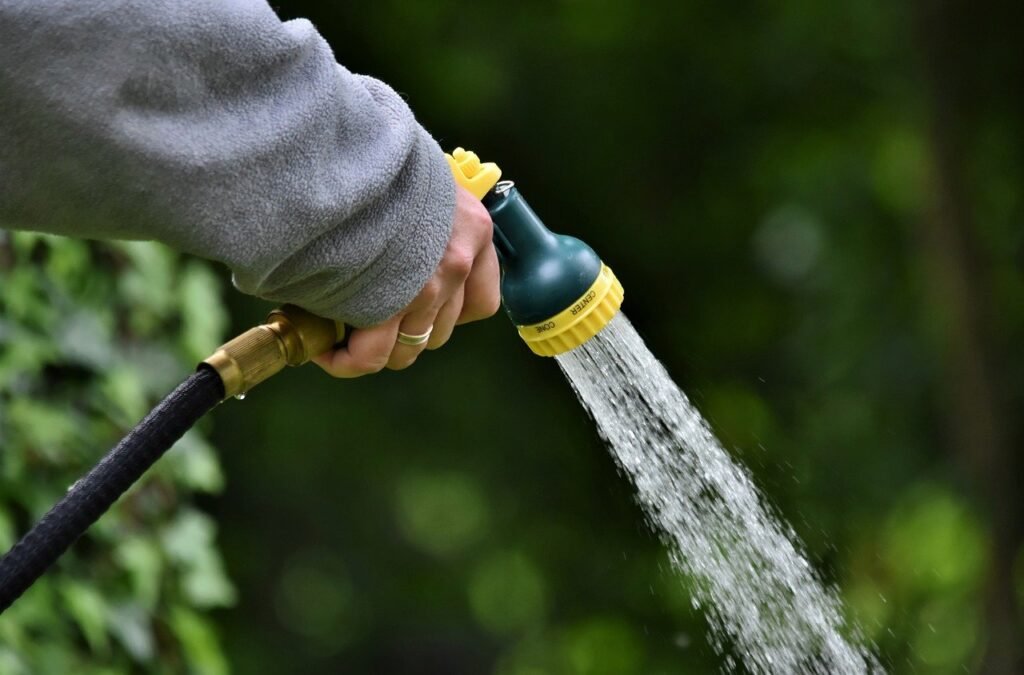
Starting Your Garden
Are you ready to embark on a journey of gardening and enjoy the bountiful rewards it brings? Starting your own garden can be a fulfilling and therapeutic experience. Whether you have a large backyard or a small balcony, there are various ways to create a thriving garden space. In this blog post, we will explore the benefits of raised beds, utilizing a trellis, starting seedlings indoors, and more.
The Benefits of Raised Beds

Raised beds offer numerous advantages for gardeners of all levels. These elevated garden beds provide better drainage, improved soil quality, and easier access for planting, weeding, and harvesting. By creating raised beds, you can customize the soil composition to suit the specific needs of your plants. Additionally, the raised height reduces the strain on your back and knees, making gardening a more comfortable experience.
The Benefits of Utilizing a Trellis
A trellis is a structure that supports climbing plants, such as tomatoes, cucumbers, and beans. By utilizing a trellis, you can maximize your garden space and ensure proper growth for these plants. The trellis provides support for the vines, allowing them to grow vertically and saving valuable ground space. This not only makes your garden more organized but also makes harvesting easier and reduces the risk of disease by improving air circulation.

Knowing Your Planting Zone
Before you start gardening, it’s essential to know your planting zone. The United States Department of Agriculture (USDA) divides the country into different zones based on average minimum temperatures. Understanding your zone helps you choose plants that are suitable for your specific climate. This knowledge ensures that your plants have the best chance of thriving and producing a successful harvest.
Starting Seedlings Indoors
One way to get a head start on your garden is by starting seedlings indoors. This allows you to control the environment and gives your plants a head start before transplanting them outdoors. By starting seedlings indoors, you can extend the growing season and grow plants that require a longer growing period. It’s important to provide adequate light, warmth, and moisture for your seedlings to ensure healthy growth.

The Benefits of Warming Pads with Seedlings

Using warming pads with your seedlings can provide several benefits. These pads provide a consistent source of gentle heat, which promotes germination and root growth. Warming pads help create an optimal environment for your seedlings, especially during colder months or in regions with shorter growing seasons. By using warming pads, you can give your seedlings a head start and increase their chances of success.
Planting After the Last Frost
Knowing when to plant after the last frost is crucial for the success of your garden. Frost can damage or kill young plants, so it’s important to wait until the risk of frost has passed before planting outdoors. The timing of the last frost varies depending on your location and planting zone. Consulting a local gardening guide or contacting your local agricultural extension office can help you determine the appropriate time to plant for your area.
Choosing Plants for Your Region
Each region of the United States has its own unique climate and growing conditions. Some plants thrive in specific regions, while others may struggle. It’s important to choose plants that are suitable for your region to ensure a successful garden. Consider factors such as temperature, humidity, and soil type when selecting plants. Researching and consulting local gardening resources can help you identify the best plants for your specific area.
Growing and Watering Your Garden
Once your garden is planted, it’s important to provide proper care and maintenance. Regular watering is essential for the health and growth of your plants. The frequency and amount of water needed may vary depending on the type of plant and weather conditions. Monitoring the moisture levels in the soil and adjusting your watering schedule accordingly is key. Additionally, ensuring proper nutrition, controlling pests, and maintaining weed-free beds contribute to a thriving garden.
Harvesting Your Garden
Finally, the most rewarding part of gardening is reaping the fruits of your labor. Harvesting your garden is a gratifying experience, whether it’s picking ripe tomatoes, crisp lettuce, or vibrant flowers. Each plant has its own optimal time for harvesting, so it’s important to familiarize yourself with the specific requirements of each crop. Harvesting at the right time ensures the best flavor, texture, and nutritional value.
Starting and maintaining a garden requires patience, dedication, and a love for nature. By implementing raised beds, utilizing trellises, starting seedlings indoors, and understanding your planting zone, you can create a thriving garden that brings joy and abundance. Remember to enjoy the process, learn from your experiences, and embrace the beauty of growing your own food and flowers.